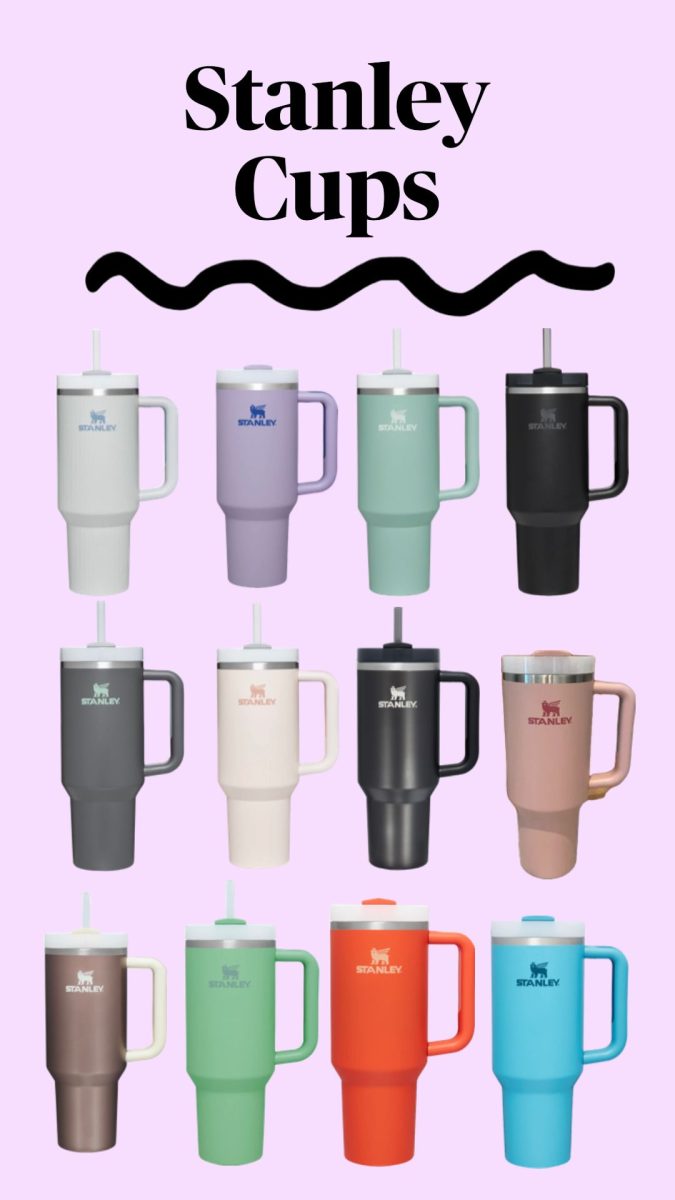Over the past year, Stanley’s water bottle has absolutely skyrocketed in popularity. Leaving all the other water bottle brands in the dust. It’s unique and all purpose design has made it a favorite amongst adults, teenagers, and even children. With each new color/theme drop it causes a whole competition in stores, making them disappear from store shelves within minutes. I bet you yourself have been a victim of the trend, whether you’ve seen it or bought it for yourself or others. However, other brands have been able to make somewhat of a comeback since people have fallen off the bandwagon after hearing that there is lead in their cups. Some, like Mason Aed (12), have long known that “ a water bottle so functional and appealing would have its downsides”.
When these claims first came out Stanley made a statement saying that there is in fact lead within the cups, although the only way to be affected by the lead is if it is broken open. The lead was used to create the Stanley logo which is placed within a small circle at the bottom of the cup. It was stated by a Stanley spokesperson that it is “rare” for the circle to be broken open and if it remains sealed then “…no lead is present on the surface of any Stanley product that comes into contact with the consumer nor the contents of the product”. It is also important to note that Stanley’s design composition is very much accepted through the FDA.
Additionally, the lead being there is not just for fun, it actually serves a purpose. The little circle of lead encapsulates the stainless steel, which seals the double-wall insulation, keeping your drinks at the temperature of your choice.
Whether or not this allows you to continue the use of your Stanley cup, be aware that if you do drop or damage your cup and the center lead infused pellet comes loose, you might be affected by lead poisoning. There are many types and symptoms; however, remember that even the tiniest amount could affect you as soon as it hits your body. Minor symptoms may be headaches, abdominal pain, irritability, and fatigue. However, more severe instances can cause developmental delays, learning difficulties, anemia, seizures, hearing loss, and even coma/death. Also, it has been linked to behavioral problems, most especially with children, and can impact both short-term and long-term health, often leading to the necessity of hard and long medical treatment.
If you want to be 100% safe from any lead poisoning possibility, consider switching brands. A few lead safe brands include Owala, Hydro Flask, Sigg, Klean Kanteen, and Lifefactory.
https://www.today.com/health/news/stanley-cups-lead-rcna135513
https://www.cdc.gov/nceh/lead/prevention/health-effects.htm



























